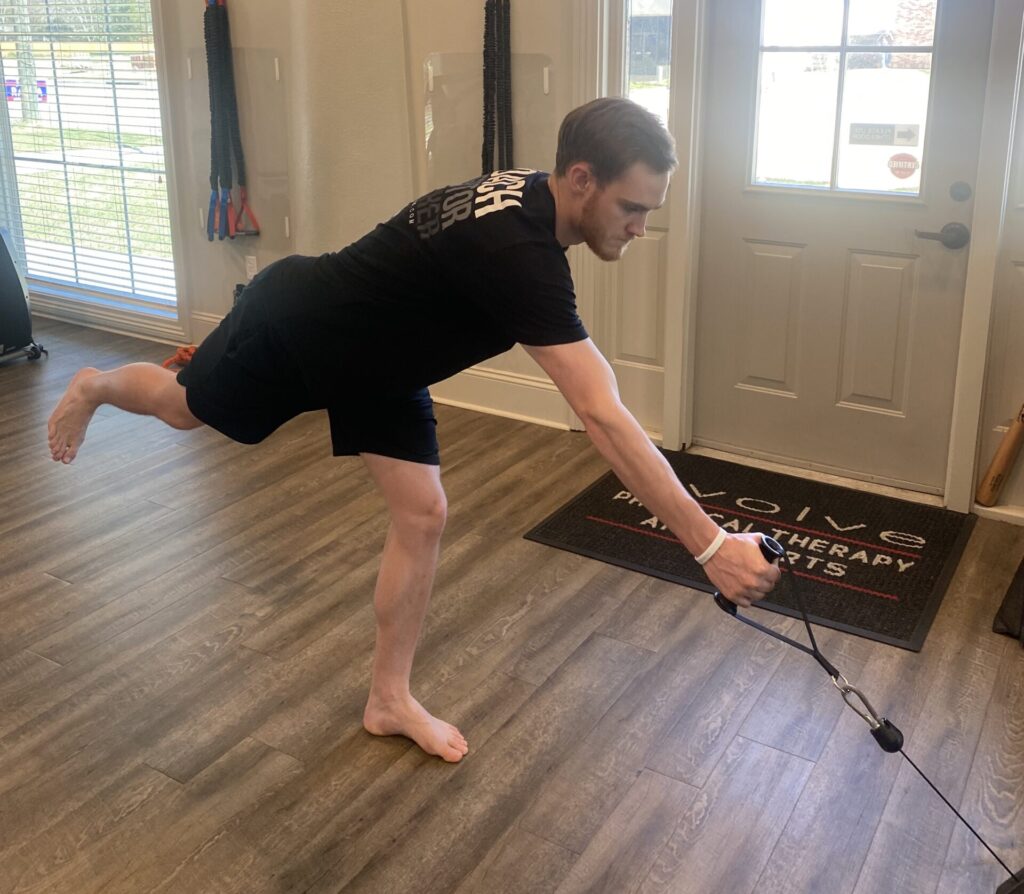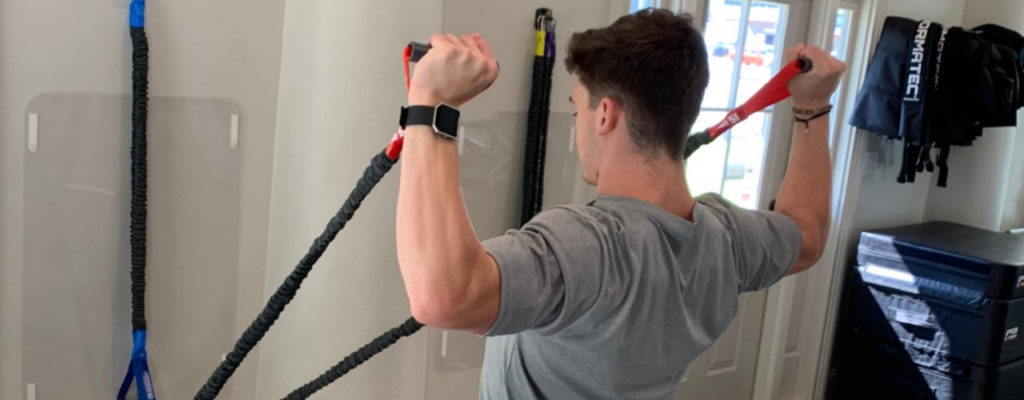The strenuous exercise and regimen that athletes put their bodies through can result in injuries, and hip ailments are no exception. A hip injury can have a crippling effect on an athlete’s performance and quality of life. Physical therapy, which has a variety of advantages that can help athletes restore their strength, mobility, and competitive edge, is a great option for those struggling with hip injuries and ailments. Let’s take a closer look at how physical therapy can help with hip problems
Hip Pain Relief from Physical Therapy
Pain management is one of the main objectives of physical therapy for hip injuries. Hip discomfort can be terrible and make it difficult to carry out daily tasks, let alone play sports. To relieve pain, physical therapists use a variety of approaches, including manual therapy, modalities like heat or cold therapy, and focused exercises. A customized rehabilitation program can significantly reduce hip discomfort in athletes, allowing them to concentrate on their recovery and resume their sport pain-free.
Improved Mobility and Flexibility for Hip Problems with Physical Therapy
Injury to the hip can significantly reduce an athlete’s flexibility and range of motion. These critical facets of joint function are what physical therapists strive to improve and restore. Athletes gradually regain flexibility and mobility by combining stretching exercises and joint mobilization methods. This raises their athletic ability while also lowering their risk of re-injury.
Hip Muscle Strength and Endurance Improvement Through Physical Therapy
A common result of hip injuries is muscle atrophy because physical activity is reduced while recovering. For the purpose of regaining muscle strength and endurance, physical therapy is essential. In order to ensure that the muscles around the hip joint rebuild their strength gradually and safely, therapists create training regimens that specifically target those muscles. Stronger muscles offer the hip joint more support, lowering the likelihood of further injuries.
Balance and Stability Benefits from Physical Therapy
A hip injury can impair the ability to maintain stability and balance, increasing the risk of falls. Exercises for balance and proprioception are a part of the treatment plans used by physical therapists. Athletes can return to their sport with a lower chance of reinjury thanks to these exercises, which aid in helping them regain their equilibrium and confidence.
Personalized Physical Therapy Rehabilitation Plans for Hip Injuries
The healing process should be tailored to the particular hip injury that each person has. Physical therapists conduct a thorough examination of your health and create individualized rehabilitation programs catered to each unique requirements and objectives. This customized approach guarantees that athletes get the best care possible to speed up their recuperation.
Hip Injury Education and Prevention Tips from Your Physical Therapist
Physical therapists teach optimal biomechanics, body mechanics, and injury prevention strategies in addition to treating the acute problem. You can be taught to recognize and alter movement habits that may cause an injury. Future hip problems are less likely because of informed choices regarding performance and training.
If you suffered a hip injury, or have a condition that affects your hips, physical therapy is a great option. The expert staff at Evolve Physical Therapy has the experience and expertise to rehabilitate hip-related injuries.


